Rheinmetall wins new order worth around €300M for exhaust gas recirculation modules
Green Car Congress
DECEMBER 14, 2022
A well-known automaker has placed an order with Rheinmetall Group subsidiary Pierburg for exhaust gas recirculation (EGR) modules, with a lifetime value of around €300 million. In the low-pressure loop, these are water-cooled poppet valves. The order encompasses low- and high-pressure EGR modules.


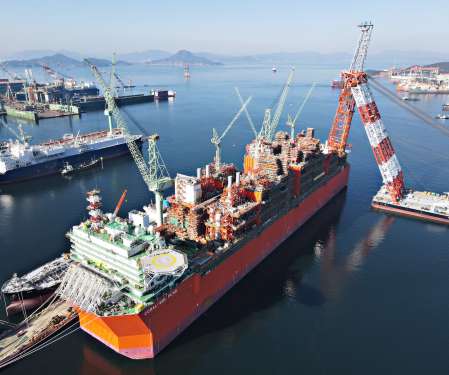
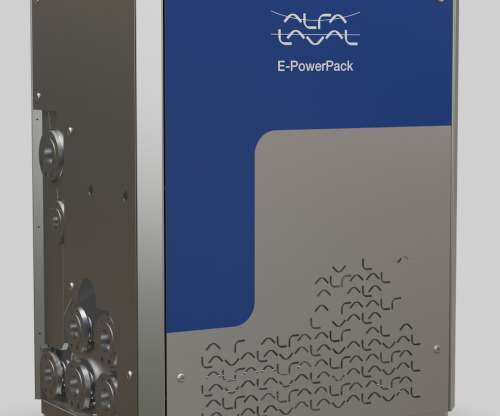

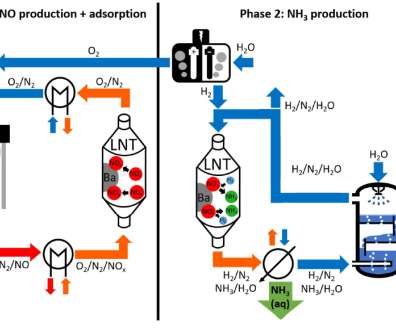


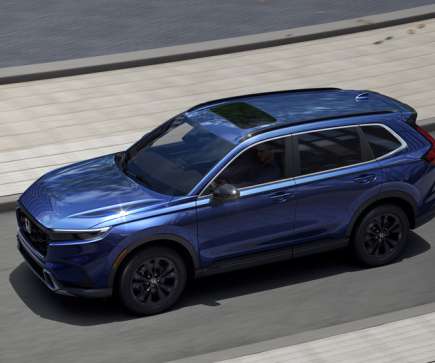

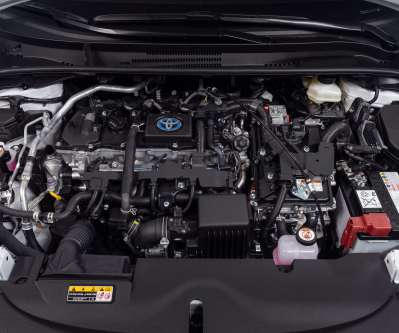



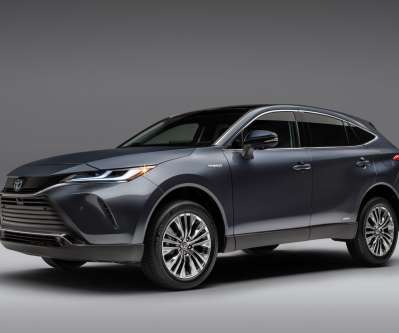












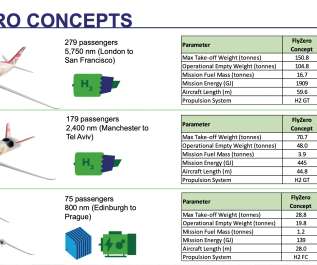
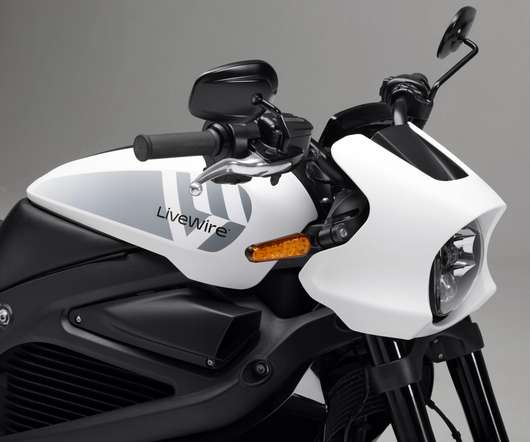


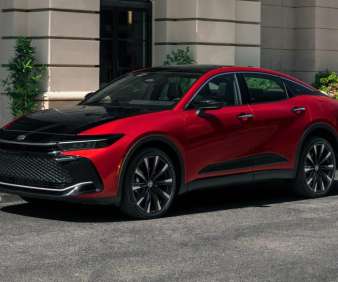



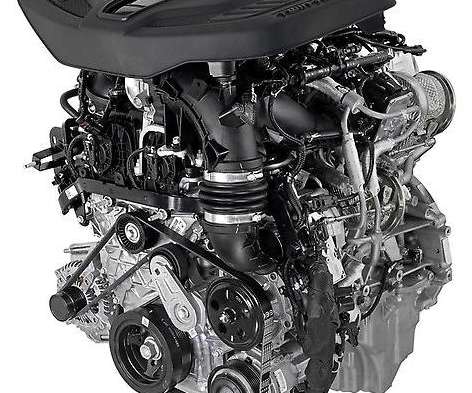







Let's personalize your content